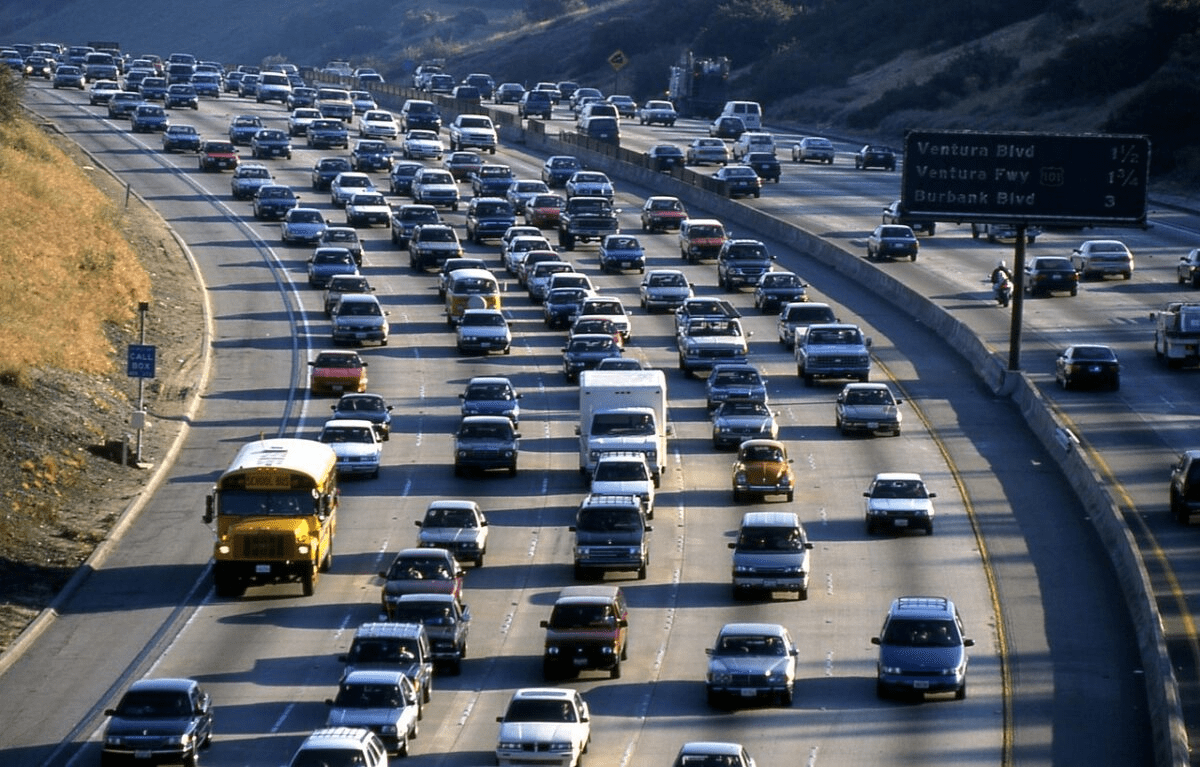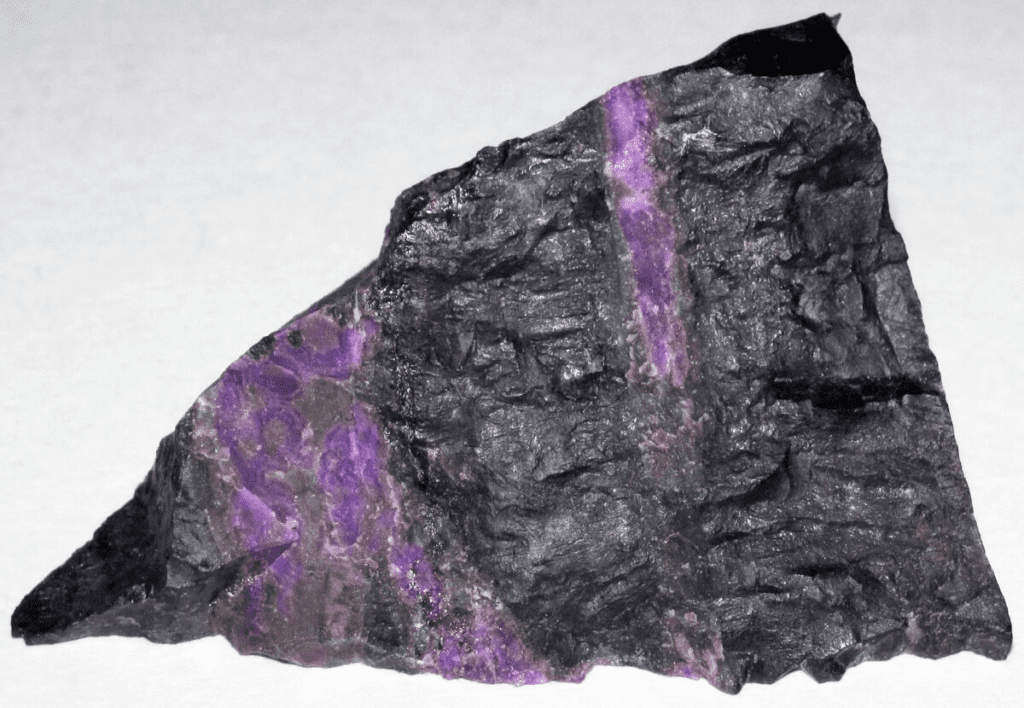California is taking an ambitious new approach to climate change, with a plan to eliminate the state’s greenhouse gas footprint by 2045 and cut emissions beyond its borders. This goal will require a significant overhaul of energy, transportation, and industry, as well as behavioral and institutional changes. However, local opposition to new transmission lines, large-scale solar and wind facilities, substations for truck charging, and oil refinery conversions to produce renewable diesel may impede the transition.
The California Scoping Plan aims to reduce greenhouse gas emissions by 48% below 1990 levels by 2030 and achieve carbon neutrality by 2045. It calls for a 94% reduction in petroleum use between 2022 and 2045 and an 86% reduction in total fossil fuel use. To achieve these goals, the plan calls for a 37-fold increase in on-road zero-emission vehicles, a sixfold increase in electrical appliances in residences, a fourfold increase in installed wind and solar generation capacity, and doubling total electricity generation. It also calls for ramping up hydrogen power and altering agriculture and forest management to reduce wildfires, sequester carbon dioxide, and reduce fertilizer demand.
Transportation accounts for about half of the state’s greenhouse gas emissions, and the state has already adopted regulations requiring almost all new cars, trucks, and buses to have zero emissions. However, regulations can be modified or rescinded if opposition grows, and the plan calls for a 25% reduction in vehicle miles traveled in 2030. The only strategies likely to significantly reduce vehicle use are steep charges for road use and parking, and a massive increase in shared-ride automated vehicles.
To reach net-zero, electricity generated from renewable energy sources must be doubled and quadrupled in just 22 years. Electrification of buildings is in the early stages, and the biggest challenge is accelerating renewable electricity generation. The state has laws in place requiring electricity to be 100% zero emissions by 2045, including offshore wind power and large solar farms. However, there have been setbacks, such as the Public Utility Commission scaling back homeowner reimbursement for solar power they send to the grid.
Environmental justice concerns and NIMBYism could block many necessary investments, and there are also questions about prices and geopolitics. California’s politicians and regulators have proposed ambitious climate proposals that poured investment into the energy transition, while moving away from natural gas and nuclear generation and discouraging significant investment in storage and pipeline capacity. However, a years-long drought and a wet and chilly winter have left California ill-equipped to deal with any surge in demand or disruption to supply, causing residents to crank up their heating.
California relies on interstate pipeline imports for 95% of its natural gas supply, and the state’s limited storage, damage to a key pipeline, and surge in demand have sent natural gas prices to multiples of what it fetches elsewhere in the country. The surge in natural gas prices is also adding to the costs of making goods in California. This has led to Governor Gavin Newsom asking the Federal Energy Regulatory Commission to investigate the matter.
Despite the challenges, California has a track record of exceeding its goals and has already created policy infrastructure. Additional tightening of emissions limits and targets will be required to reach net-zero, and California’s success will likely inspire other states and countries. Governments around the world are committing to climate goals that will make the need for alternative energy sources even more urgent, and California has a chance to lead the way in creating a sustainable future.


















